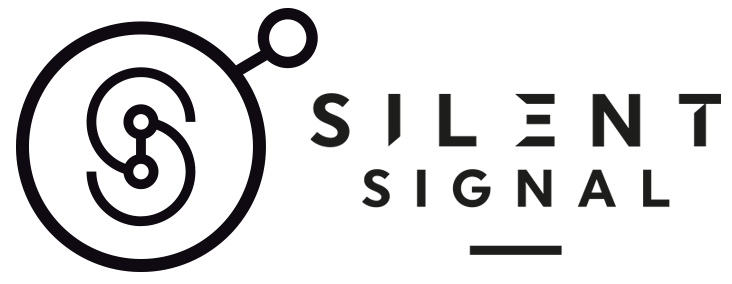We discussed with Charlie Tweed the future implications of behaviour research based on the technologies being employed at the Sanger Institute.
What has been your experience of working on art & science projects or working with scientists
previously?
Some of the research that goes into my work emerges from ecology and biology as well as computer
science and related theories so for me collaborating with a scientist was a natural step and there are many similarities that have emerged between our shared concerns in our work.
How are you choosing to respond to your scientific collaborator’s research? What methods are
you using to make sense of the science?
Darren has provided me with a great deal of information around his research and the technologies used. I initially did a lot of my own research to help me understand the science in more detail and to be able to find a way of describing the processes of coding within mice and humans in a succinct way for the audience. I was also immediately struck by parallels in some of my own research into the origins of algorithms, computation and cybernetics and how the coding process works in hardware computing.
As a result I began to focus on the technology and code space where genomes of mice and humans are sequenced and turned into usable scientific data. I was interested in developing a film that comes from the perspective of this technology and looks at the source code of living things and computers, explaining the science in a simple way and particularly focusing on Darren’s experiment on how fear behaviour in mice is genetically triggered and then looking towards the future of what this experiment could mean to us.
The proposed film also gives a parallel history of the development of the algorithm by Alan Turing as well as the development of genome ‘Sanger Sequencing’ by Frederick Sanger. As a result I hope to explain the science and technology behind Darren’s work whilst drawing parallels with computer code and then finally looking towards the future of monitoring human cells using hybrids of hardware and bio-molecular computing machines. As a general method for the project I thought it would be interesting that the film comes across in a futuristic and science fictional way with the use of the computer character and voice as narrator but in fact all of the information being discussed is based on actual research and is not fictional.
How did you first approach responding to the brief with Dr Logan? And how have you found the
process of working with him so far?
My initial approach was to do as much research as possible on the science and the technology used,
reading through all of Darren’s papers and looking in detail at the technologies he uses to gather data, particularly focusing on the sequencing of genomes in mice and looking into the parallels with computation and computer code and the development of the algorithm to execute messages.
I have found the process very interesting and it is great to collaborate with a scientist and have an expert in another field available to provide the sort of insight and ideas into the project that it would be very difficult to get independently. The experience of visiting the Wellcome Trust Sanger Institute has also been informative and it’s been good to see the technology and the labs and get an in-depth understanding of the research being done and what it could mean for the future. It was great to run through the initial ideas with Darren and get his input and also his ideas for how certain parts of the film could develop. He has also introduced me to additional research as the project has progressed which has really helped it develop in an unexpected way.
What were your expectations when you were first invited to be part of the project? Have your
expectations changed at all during the development process?
My initial expectations were that I would hopefully find a scientist to work with that would allow for a useful progression of both of our ideas and the development of some interesting new work but I realised that it would be a challenge to find the right person to collaborate with. As the process has progressed I have been really pleased to have been able to collaborate with Darren on the development process and find all the connections in his research and my practice. I now believe that we can develop a film that would work on a number of levels for different audiences and emerges from my practice and Darren’s research, has an aesthetic that makes it difficult to pin down in terms of being from the past, present or future and also identifies the wider future implications of the research in an engaging and original way.
What has been the most interesting science fact you’ve discovered so far?
On my last visit we discussed future implications of his research on behaviour and genetics and
Darren told me about the new field of Opto-Genetics and research that has shown how neurons
can be switched on and off using different types of light. This means that types of behaviour could
be switched on and off one day in humans using light, and this has already been proven in mice.
December 2013

